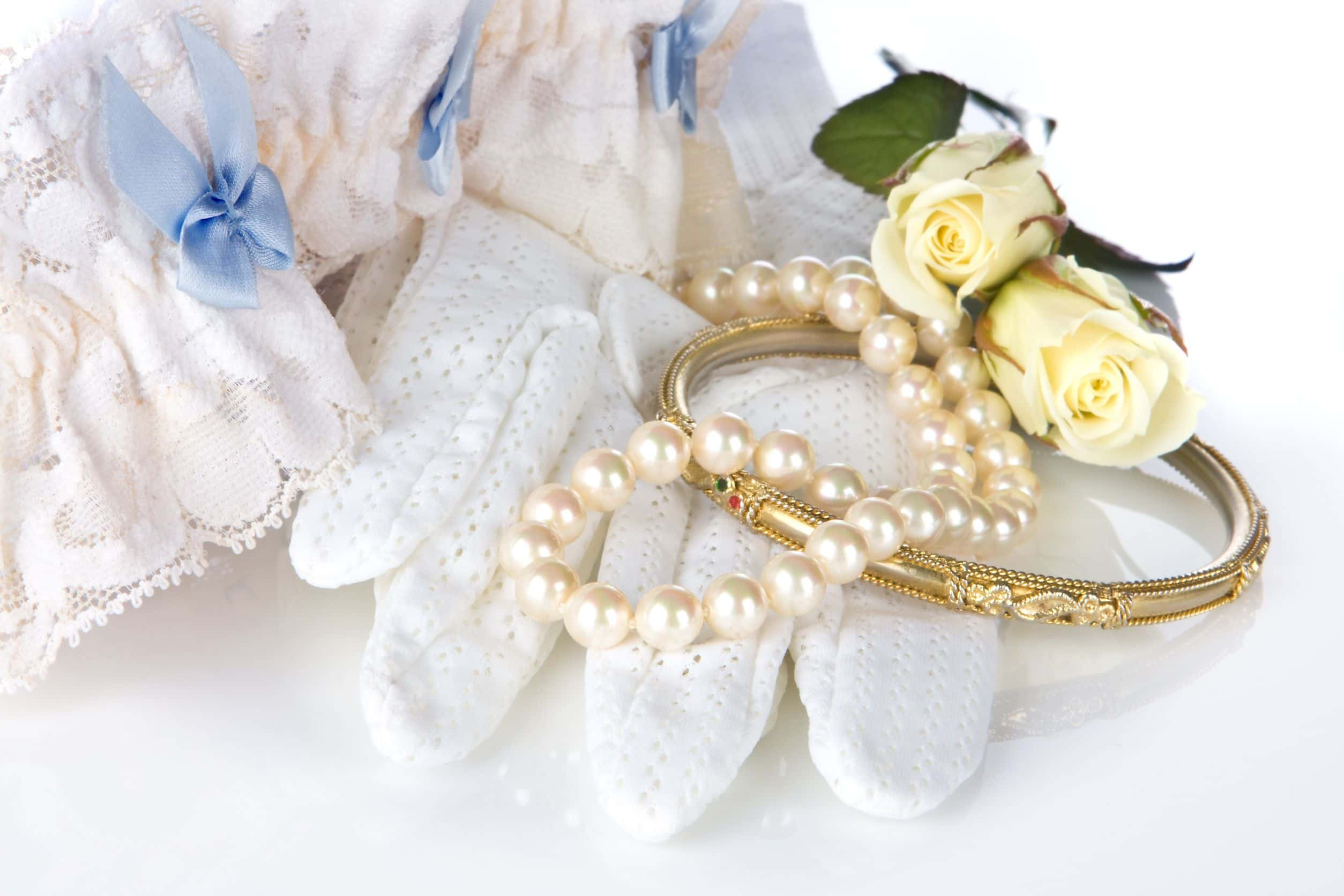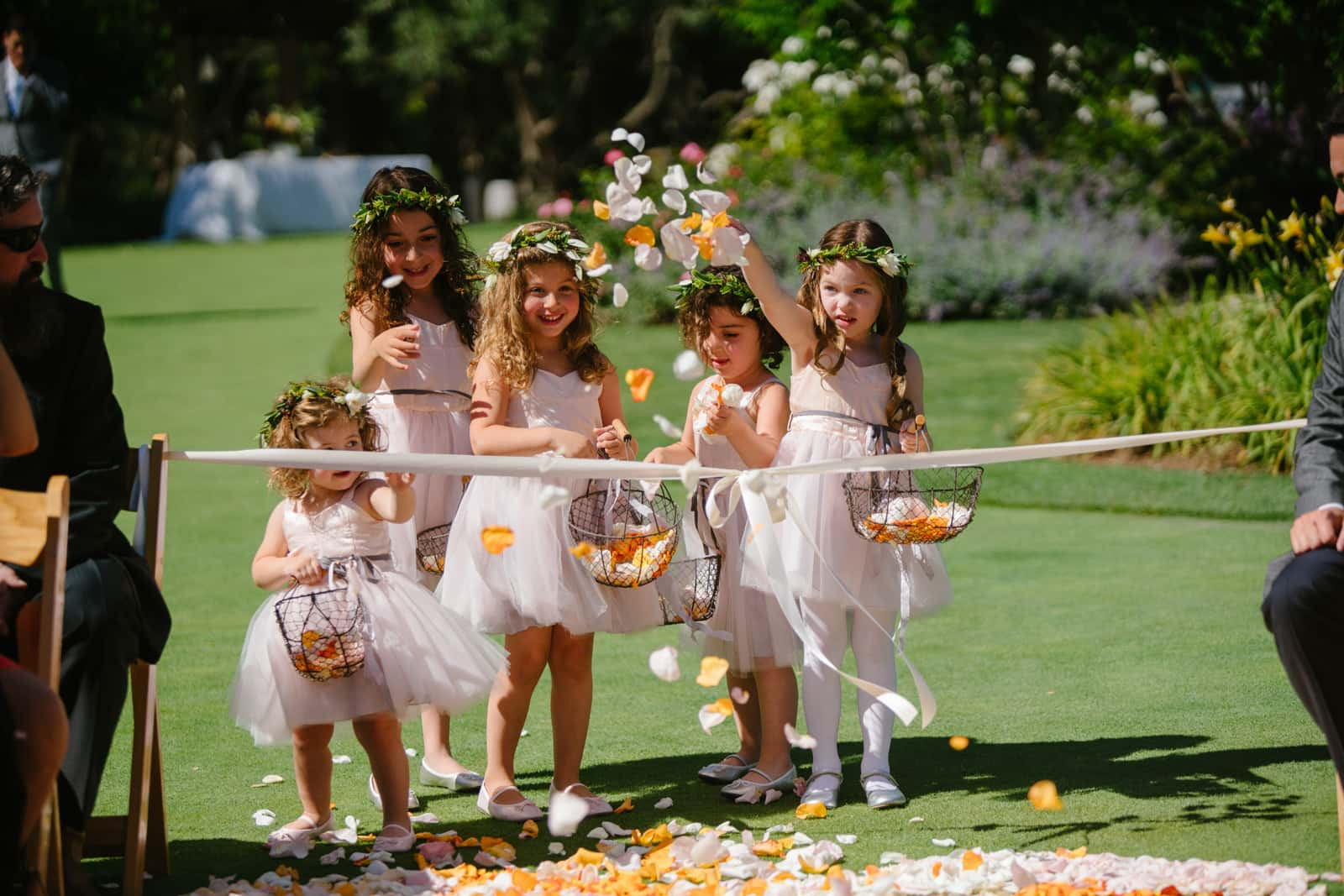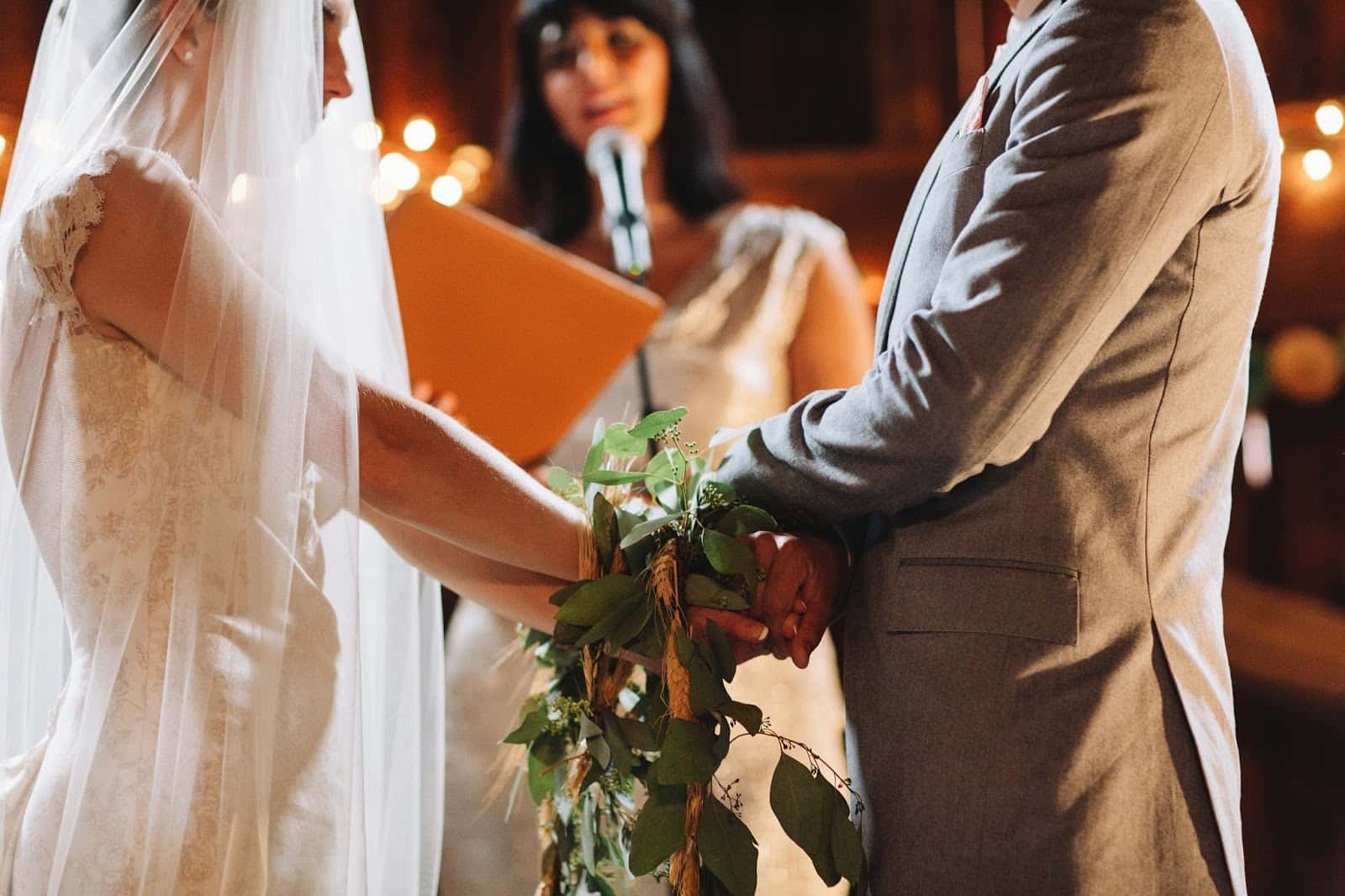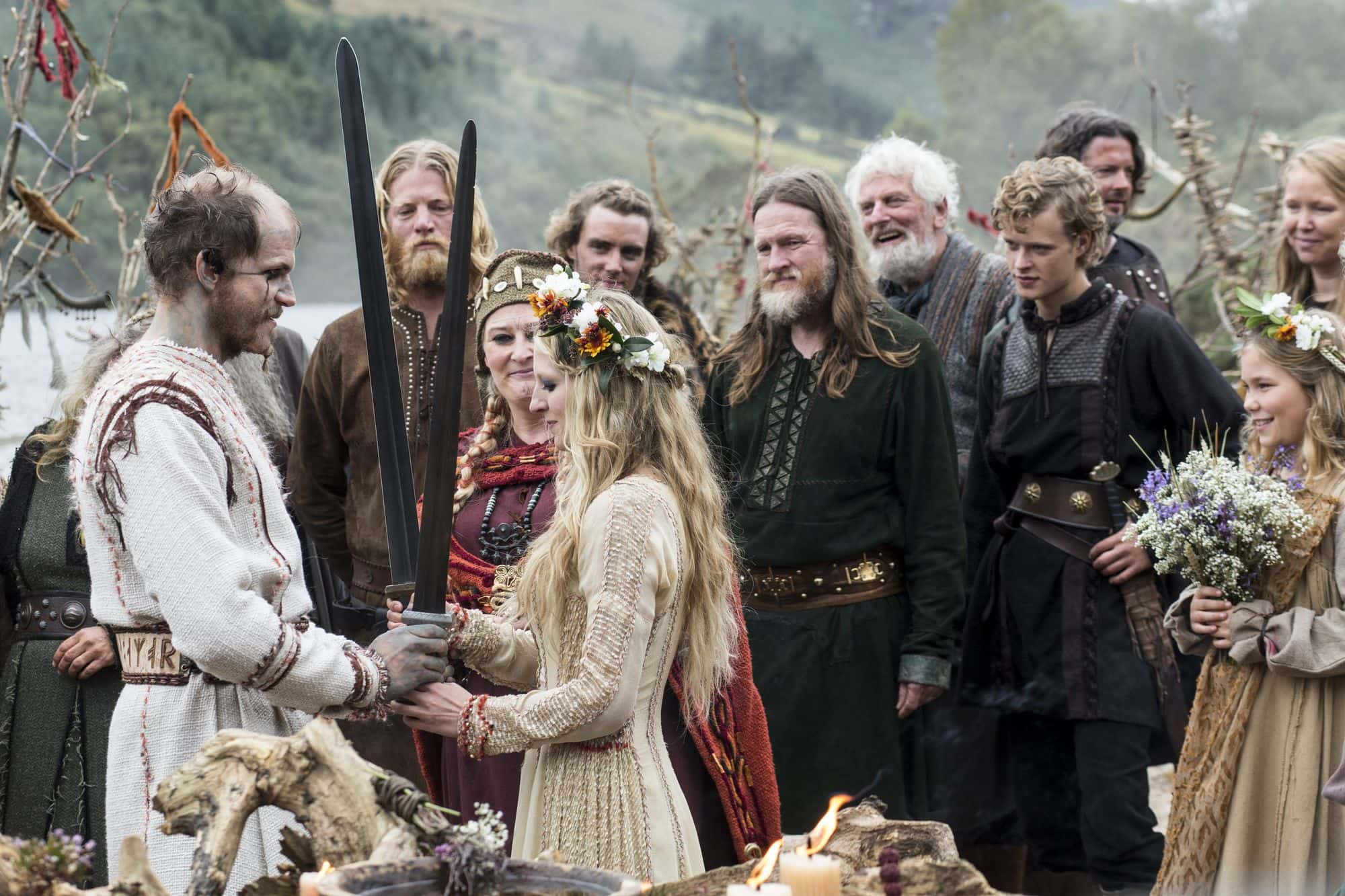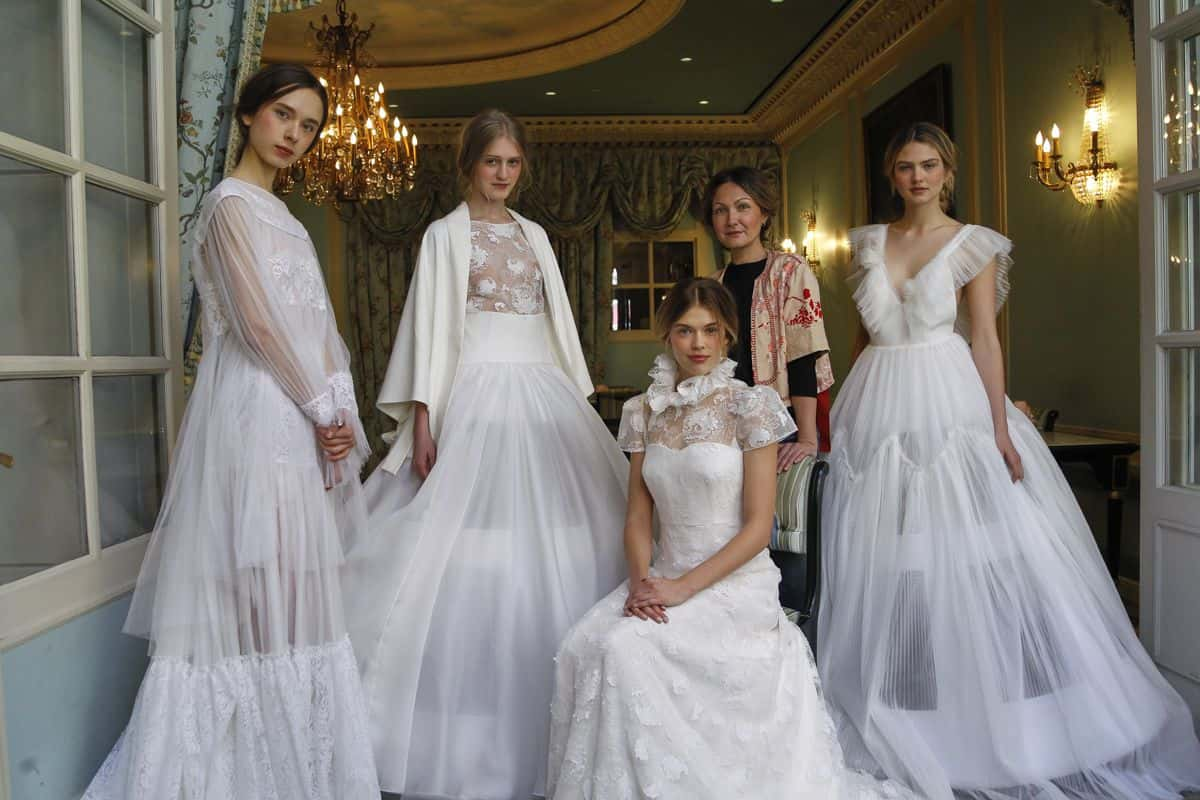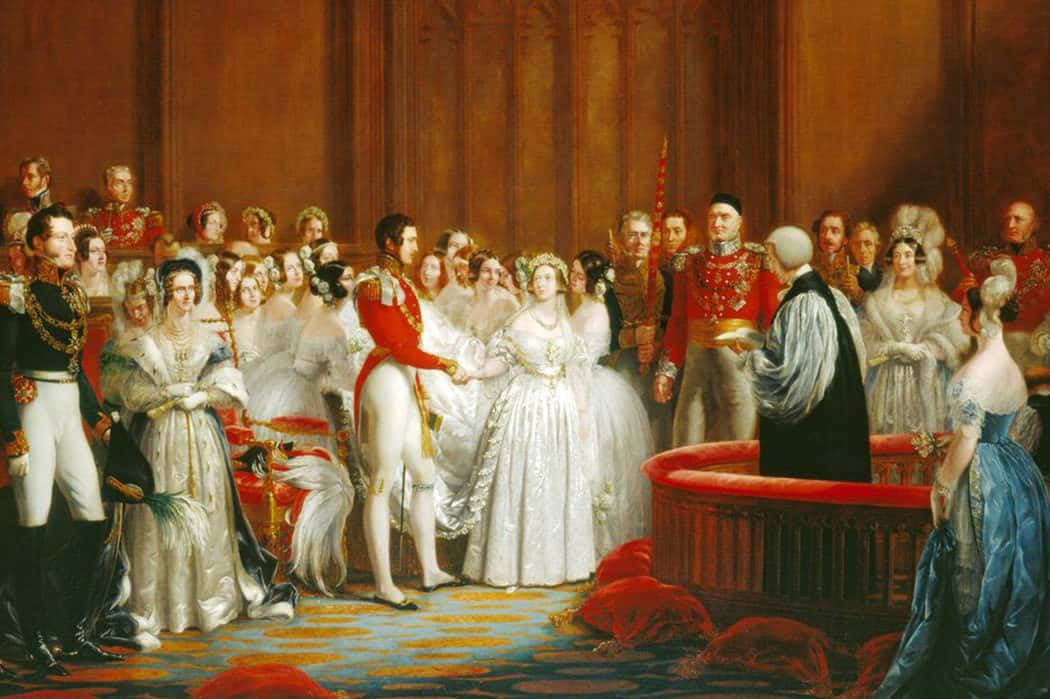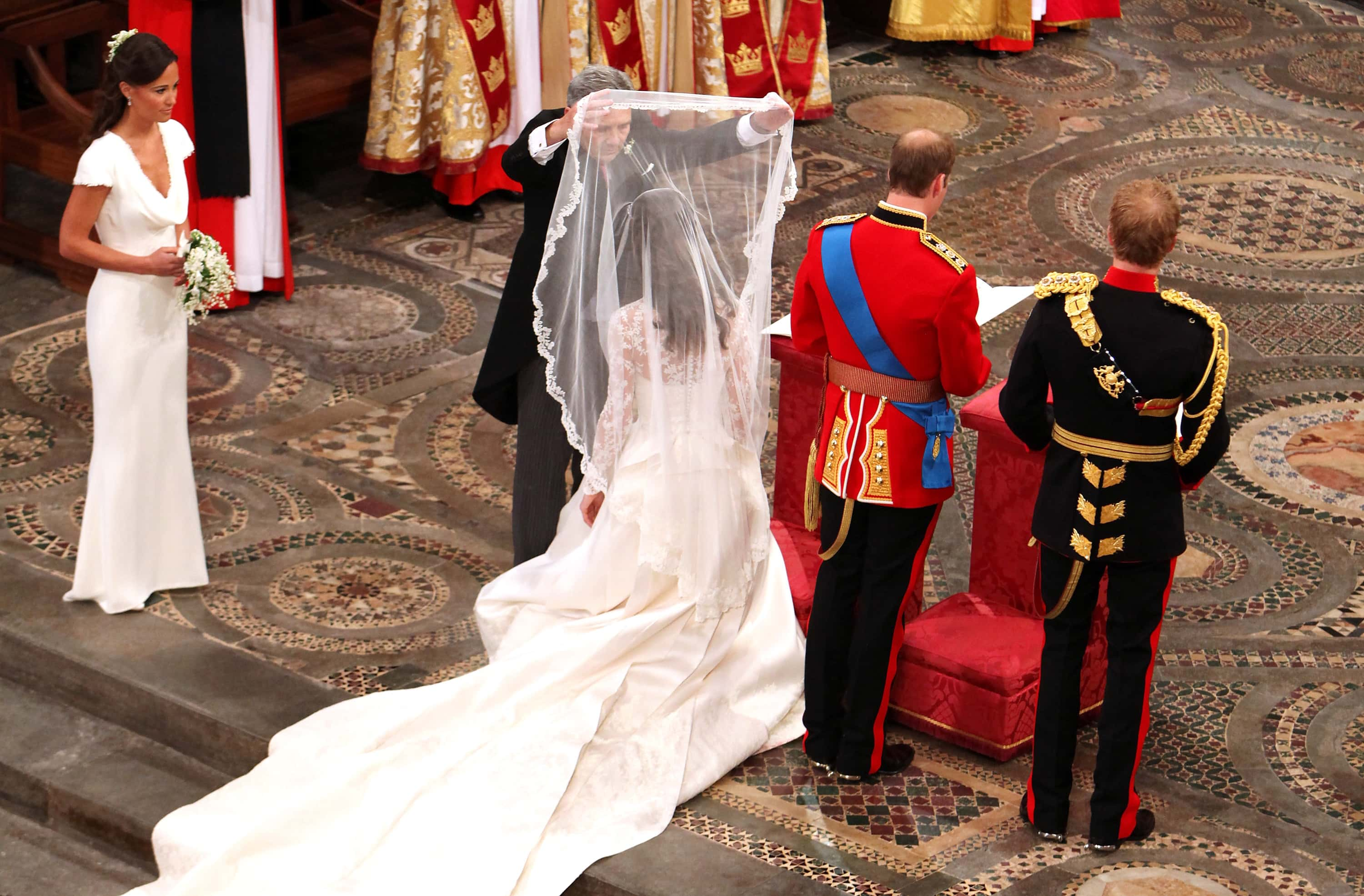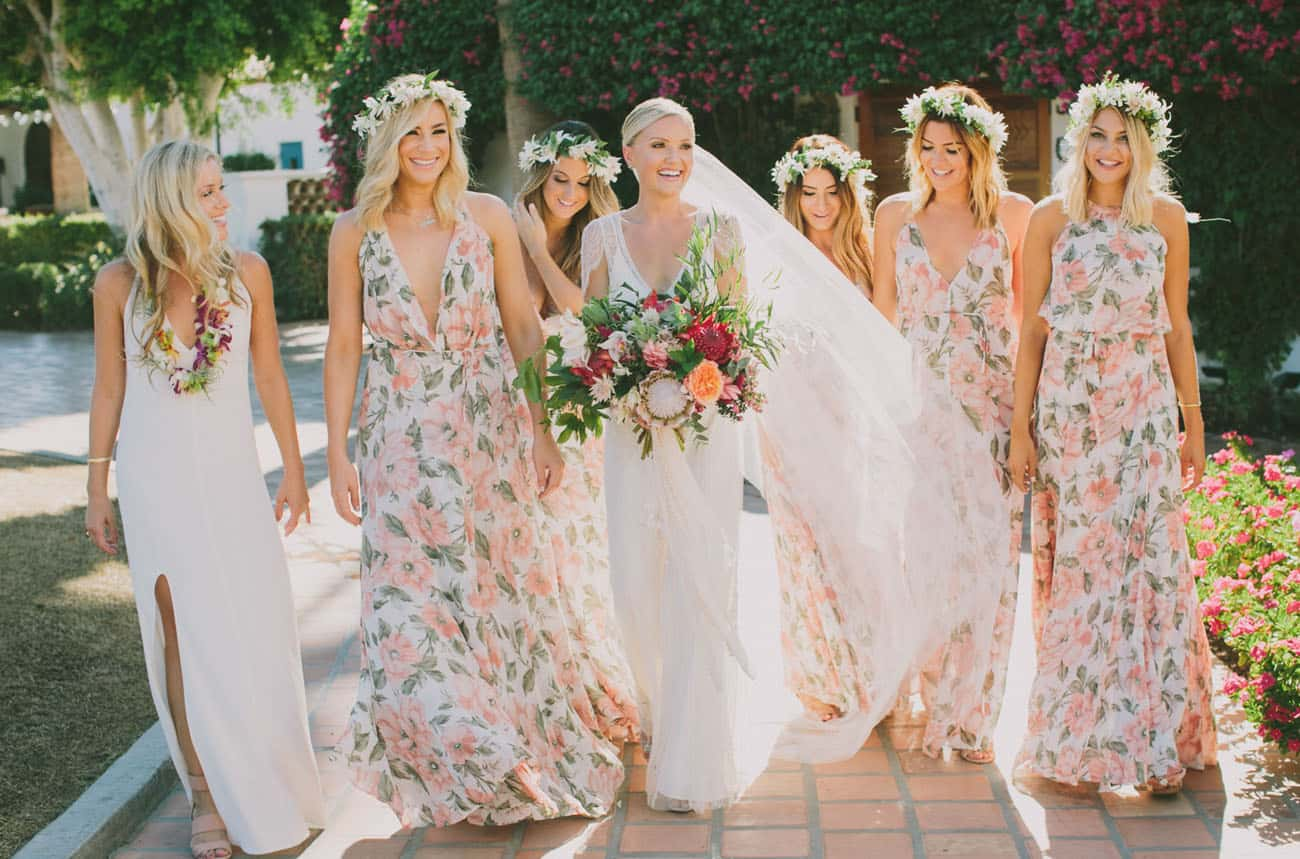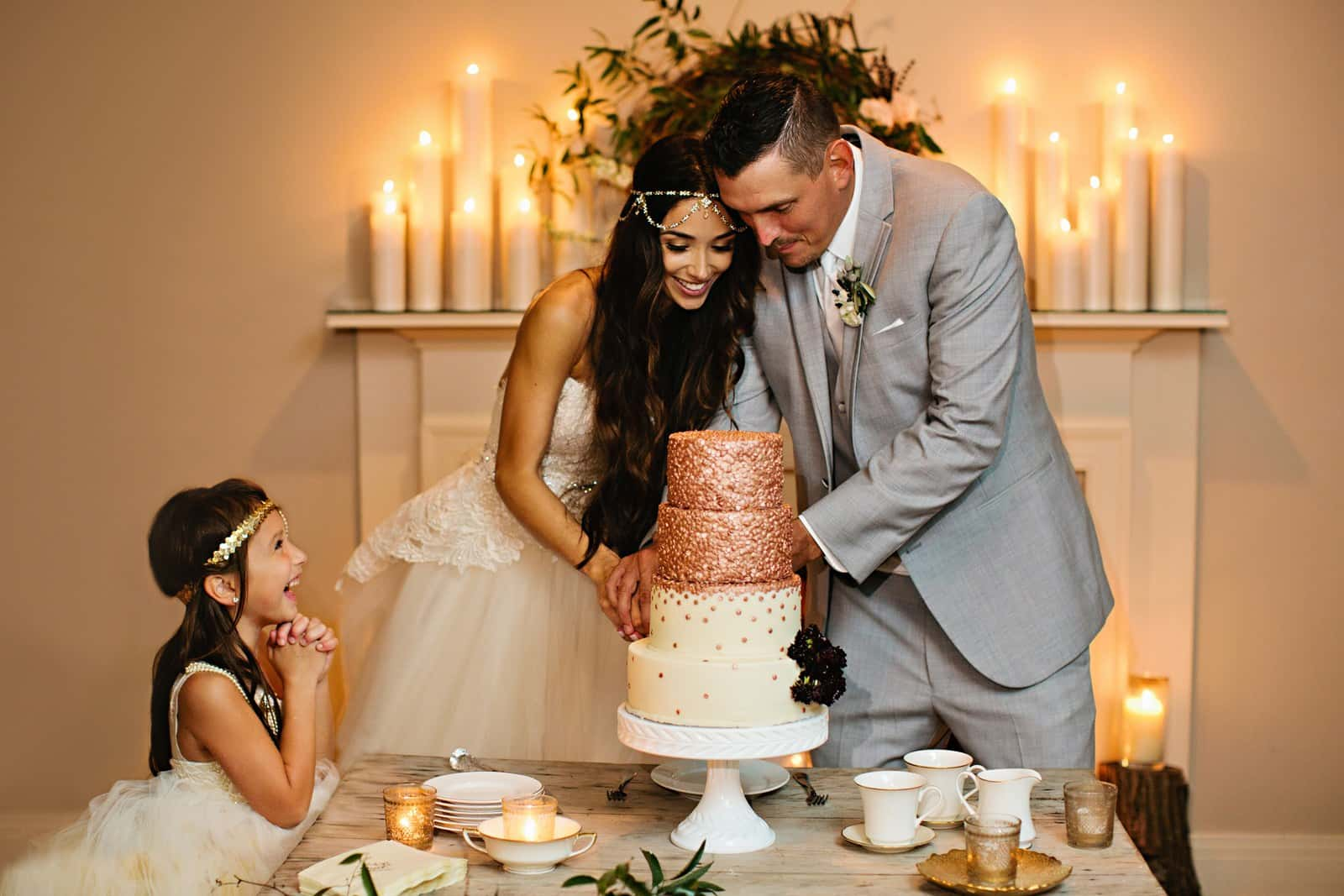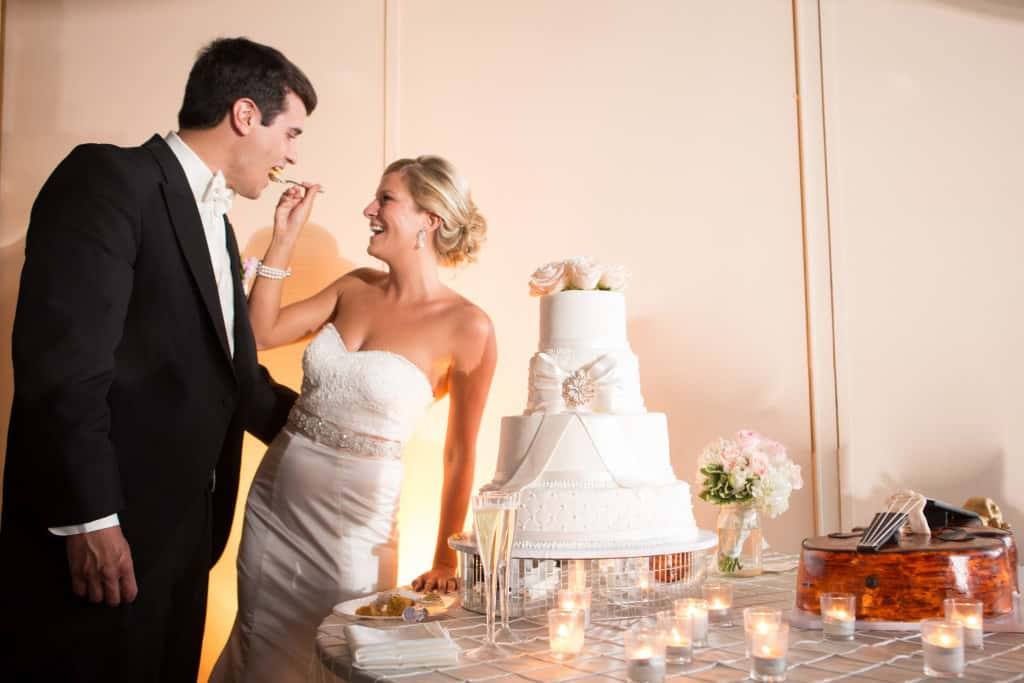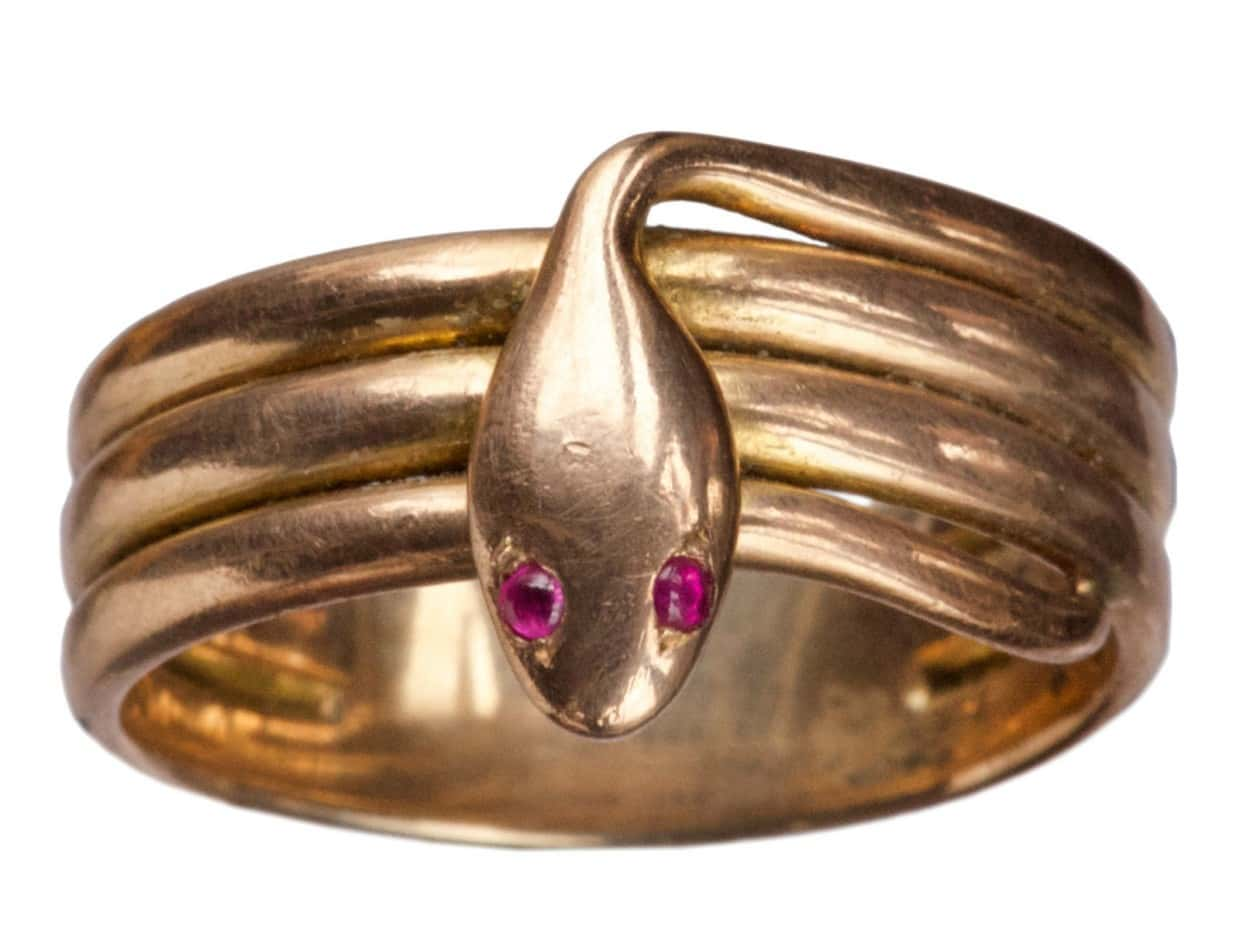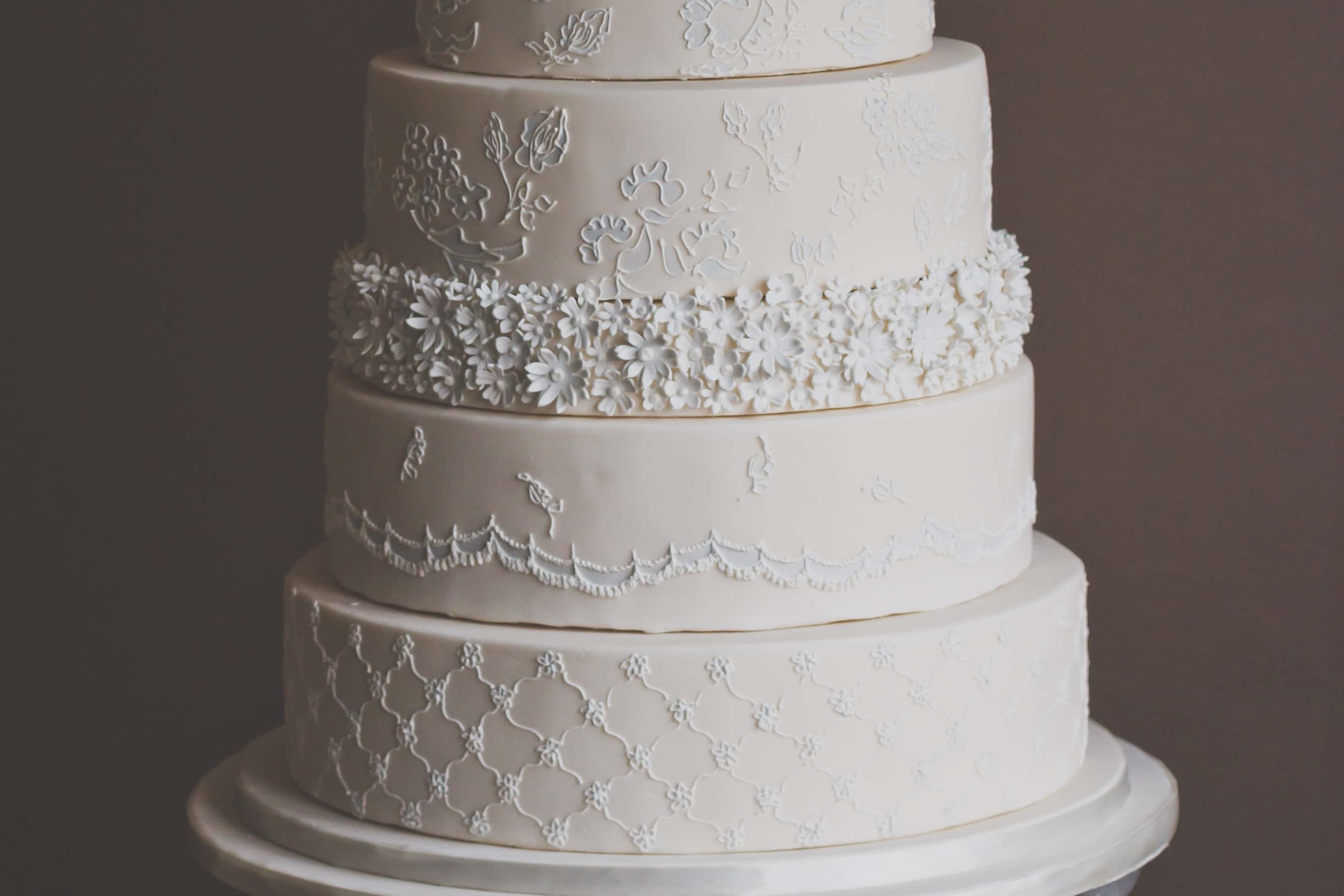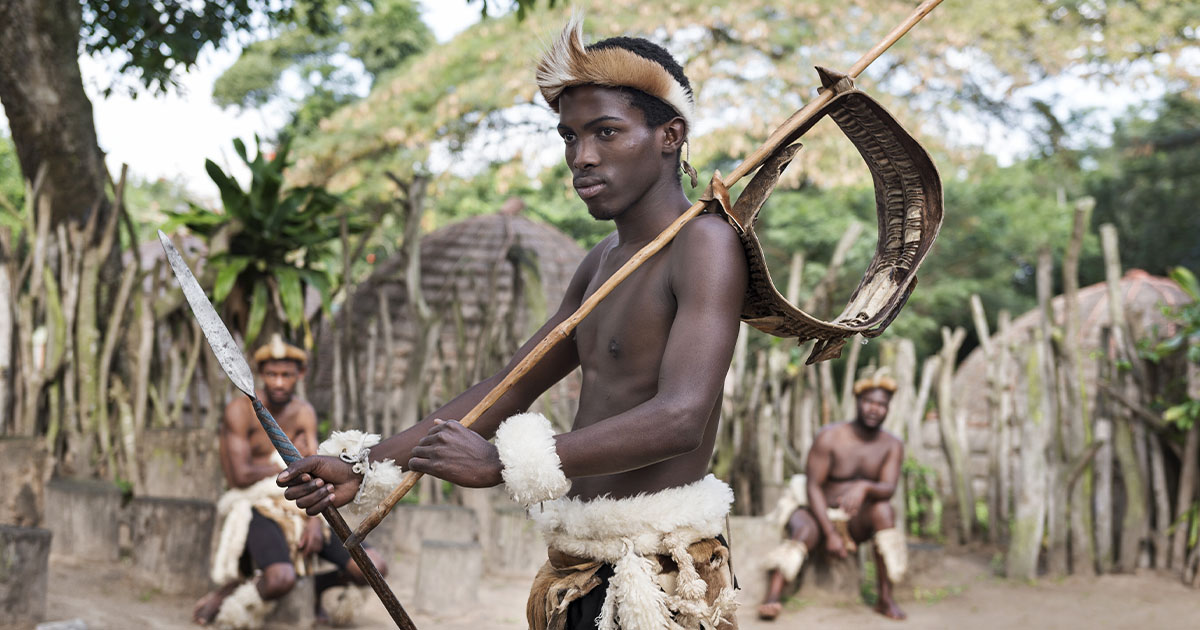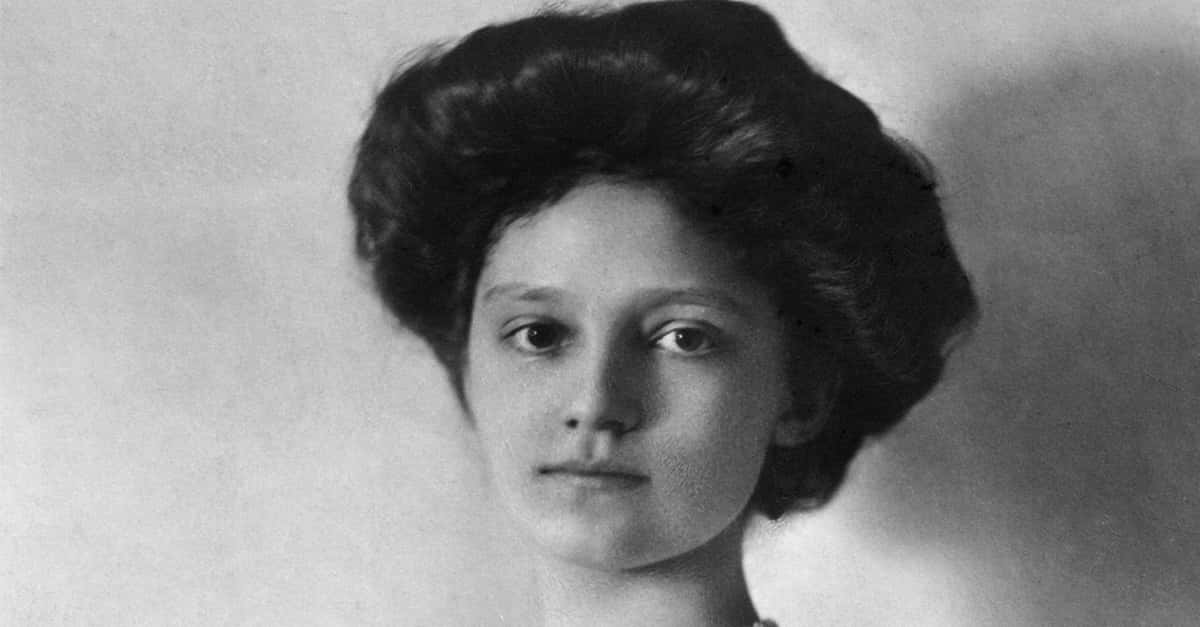“All weddings, except those with shotguns in evidence, are wonderful". —Liz Smith
Love them or hate them, wedding bells ring all over the world, every day. We’ve seen them on TV, in movies, and likely attended at least a few, but how much do we really know about this strange, unique custom of ours?
1. In the Vein of Love
Wedding rings can be traced back as far as the Ancient Egyptians, but did you ever wonder why the "ring finger" is where it is? The tradition of placing a wedding band on the left hand’s third finger has a (sort of) rational explanation: Ancient Romans believed that the placement of the left hand’s veins ran straight back to a person’s heart. If that’s not sound romantic reasoning, I don’t know what is.

2. Near, Far, Wherever You Are
Destination weddings can make or break a wedding (not to mention dwindle down the guest list) in North America. Las Vegas is the most popular "exotic" place to tie the knot, boasting approximately 100,000 vows exchanged a year. In second place, sunny Hawaii clocks in with 25,000 weddings.
3. Wedding Baggage
You’ve probably heard the phrase “Something old, something new, something borrowed, something blue” used in relation to items meant to be carried by the bride on her wedding day. Something old stands for continuity; something new represents optimism for the future; something borrowed is literally "borrowed" happiness; and something blue promises fidelity.
4. Flower Power
Although throwing petals is now a tradition often forgone, flower girls were once a very big deal. Aside from providing aesthetic appeal, petals cast into a bride’s path were believed to bless her with a good and plentiful marriage. (And by “plentiful,” we mean plenty o’ babies).
5. White Is the New Black
A white wedding may be all the rage some places, but it is avoided in others. Due to white’s association with mourning in Eastern cultures, a white wedding dress is a rare thing to see. Instead, brides don bright colours.
6. Stuck Together
“Tying the knot” is a fun phrase, but did you know it has quite literal roots? As far back as Ancient Babylon, a bride and groom’s clothing were knotted together to show two becoming one. Variations of physically "tying the knot" have been used in ceremonies across cultures.
7. A Sweet Cup for Two
The term “honeymoon” also has a literal tradition at its root. In Ancient Nordic culture, it was custom for newly wed couples to hide themselves away after the wedding. For the space of one moon (a month), they were brought a daily cup of honey wine by a family member.
8. Save the Date
What better time to wed than in the sunny month of June? With our modern calendar tying back to the Romans, the goddess Juno plays a part in monthly popularity for weddings. Juno rules over marriage and child bearing, so luck is arguably on a June couple’s side.
9. A Shield of Love
The wedding veil once had a functional purpose, at least from the perspective of the ancient Greeks and Romans. In addition to its beauty, this gauzy layer of fabric was believed to act as a shield for the bride against evil spirits.
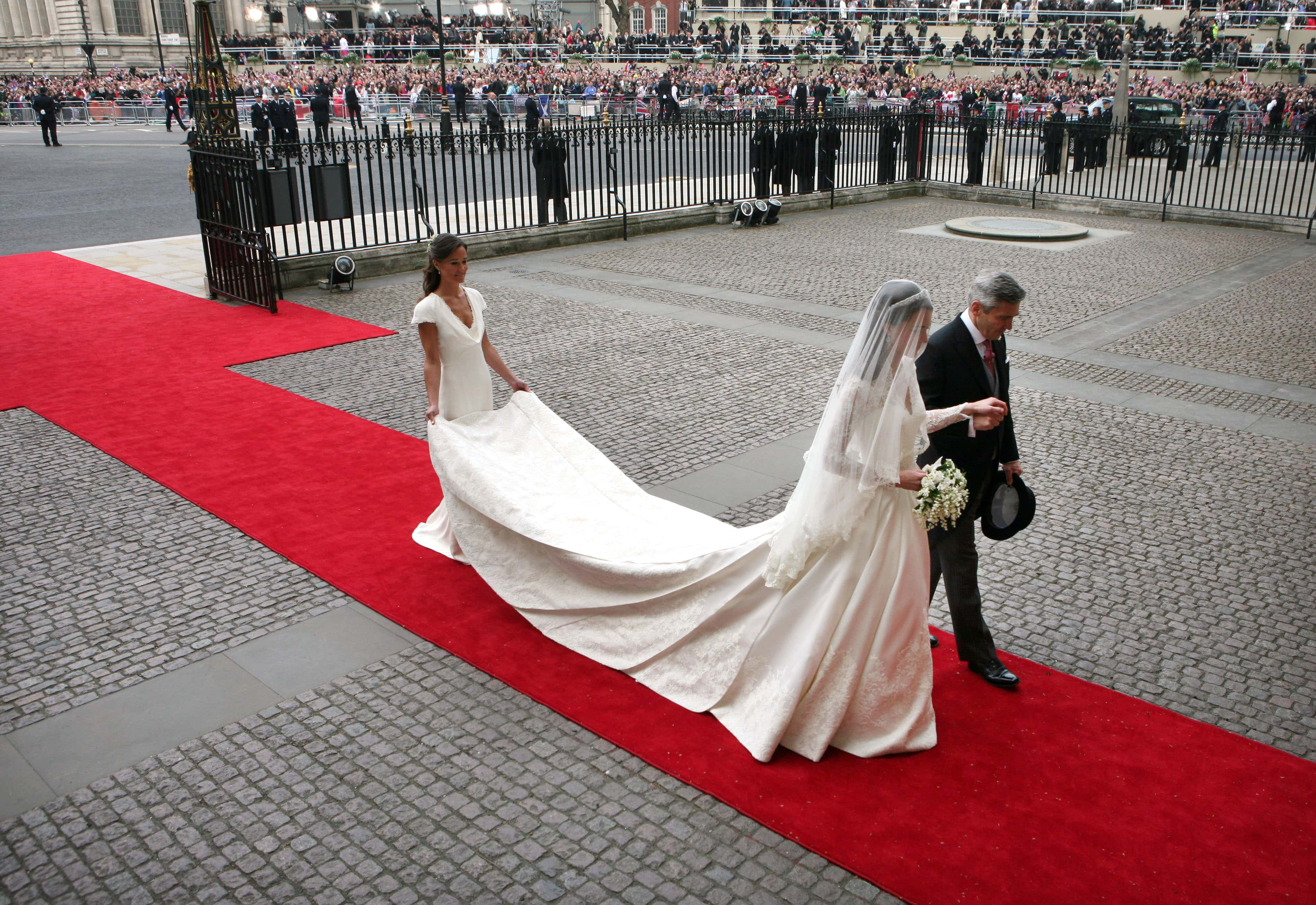 Getty Images
Getty Images
10. The Doppelganger Advantage
In case the bride was in danger despite her veil, the Romans still had her safety covered. In lieu of matching bridesmaid attire, the bridal party opted to dress identically to the bride. That’s right, no worries about outshining the bride or being stuck with a hideous dress! This doppelganger dress code was believed to confuse evil spirits seeking to curse the bride.
11. Thanks for the Dress Code
Japan traditionally saw brides dressed in white, but the custom did not arrive in the west until the 1840s, when Queen Victoria donned white at her own wedding. It was common before for women to just wear their best dress, which, now that it’s mentioned, sounds a lot more practical than walking around like a giant napkin asking to be spilled on.
12. A Rocky Relationship
The engagement ring can hold ill or good fortune. Traditionally, sapphires are seen to symbolize marital happiness, but pearls are bringers of bad luck. The culprit for the prejudice against pearls allegedly lies in their tear drop shape.
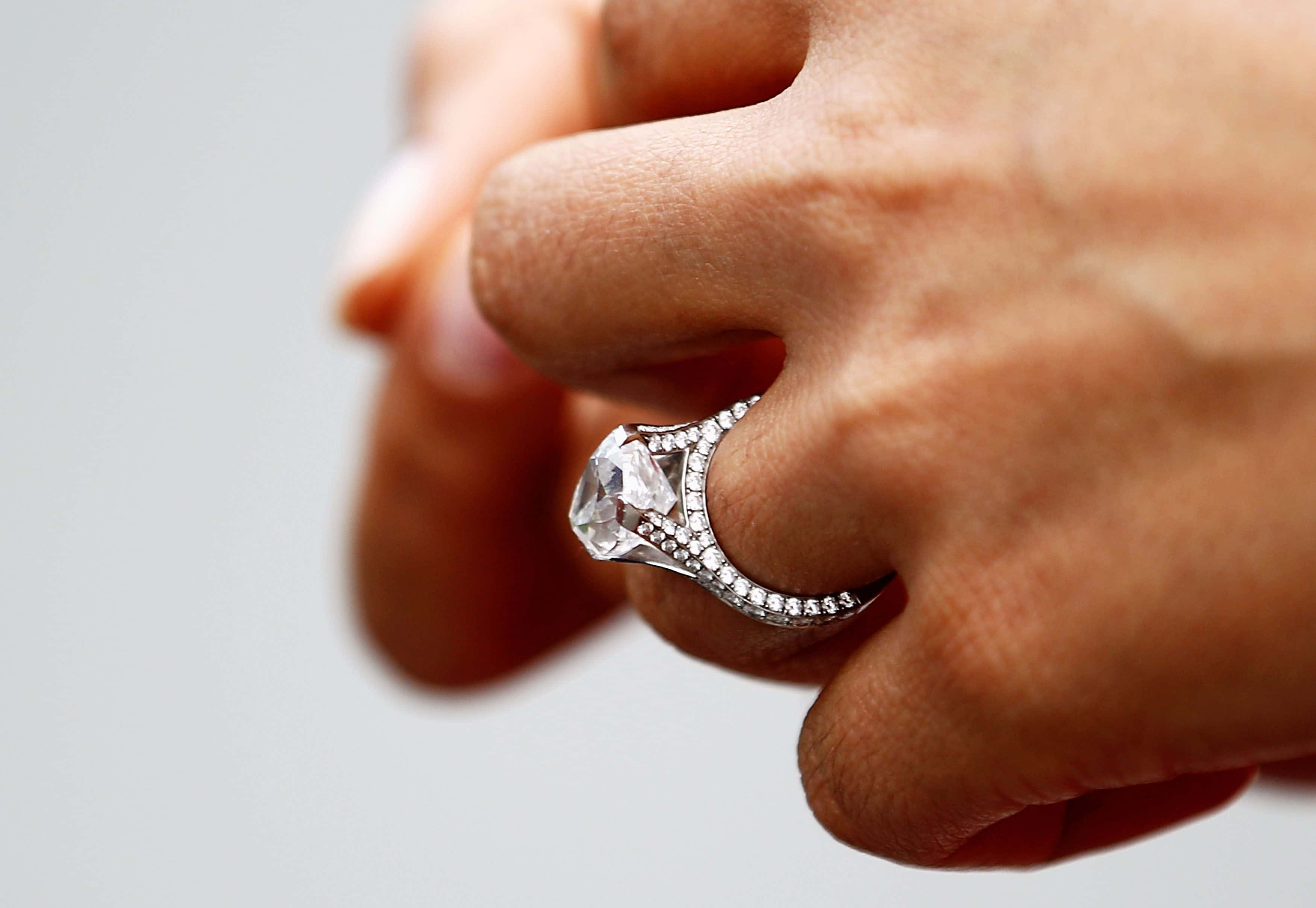
13. Left at the Altar
Ever wondered why it is custom for the bride to stand on the left of the groom? Back in the day, a man stood with his sword arm (usually the right) free to fight off other suitors who might come to steal his bride. Hmm…romantic, or terrifying?
14. Seventh Time's the Charm
The old adage, “three times a bridesmaid, never a bride” was taken as gospel truth in the 1500s. However, this curse of three could be broken if a woman was a bridesmaid seven times.
15. The Dance of Romance
An old belief said that if a woman’s two younger sisters married before her, she had to dance barefoot at the wedding to avoid a dire fate of eternal spinsterhood. Let’s just hope this hazardous plan didn’t involve some poor woman stepping on glass and being swept off the dance floor for medical reasons.
16. A Crumby Day
How did we end up having cake at weddings? It seems to have started in Italy, where, for good fortune, wedding attendees broke a bread over the bride.
17. Love’s A Piece of Cake
There’s an old wives’ tale that holds promise for all the unmarried women: If a girl is willing to make off with a piece of the groom’s cake, she can store it under her pillow, and will be rewarded with dreams of her future spouse. Worth the next laundry day washing crumbs and icing off your pillowcase? Guess so.
18. (300) Reasons to Party
Never let it be said that the sparse daily life of the Spartans meant they didn’t know how to throw a good party. These famously stoic people are credited for hosting the earliest form of stag parties. (Sorry, ladies—this epic goodbye to the single life was reserved for the boys.)
19. Me, You, and Great Aunt Gertrude
Honeymoons weren’t always the "made for two" trip they are today. When this post-wedding custom emerged in Britain during the 1800s, class constraints reserved travel for the wealthy. Not only that, but the “bridal tours” usually involved a romantic getaway to visit family.
20. Putting Your Foot Down
In some countries, the wedding dance floor was once hosted a battle of the sexes…below the knee. While dancing with her groom, the bride would make attempts to cover her man's foot. Apparently, this toe-pinching move could determine dominance in the marriage.
21. The Trend That Slithered Away
Victorian England saw a slithery trend emerge on women’s wedding fingers. At one point, it was popular to flash your snake wedding band, complete with creepy red eyes. But wait, it’s okay—there was symbolism to it. The coils of the snake’s body were supposed to indicate the circle of eternity. But, um, isn’t the ring already a circle? Also, who brilliantly decided to link marriage to imagery of a coiled, suffocating predator? The jury’s out on this one.
22. A Classy Cake
Like white dresses, white wedding cakes commonly denote purity. But before the cake's key ingredient was a household staple, pure sugar came with a hefty price tag. The whiteness of a wedding cake therefore also hinted at the wealth and status of a couple.
23. Penny Pinch for Love
It turns out that money really can’t buy you love. In fact, too much of it spent on the wedding day statistically predicts higher divorce rates. More surprisingly, couples who shell out significantly less than average for their wedding also have a lower rate of divorce than average.
24. Gardener’s Paradise
The Middle Ages featured herb bouquets, not floral arrangements. These bouquets often featured garlic, which was thought to ward off evil. Mmm, the sweet bridal scent of garlic.
25. You May Now Kiss... Everyone Else!
Grooms in Sweden better be quick when they go to the bathroom! It's a tradition that if the groom leaves the room during the reception, other men are actually allowed to take the bride and kiss her!



